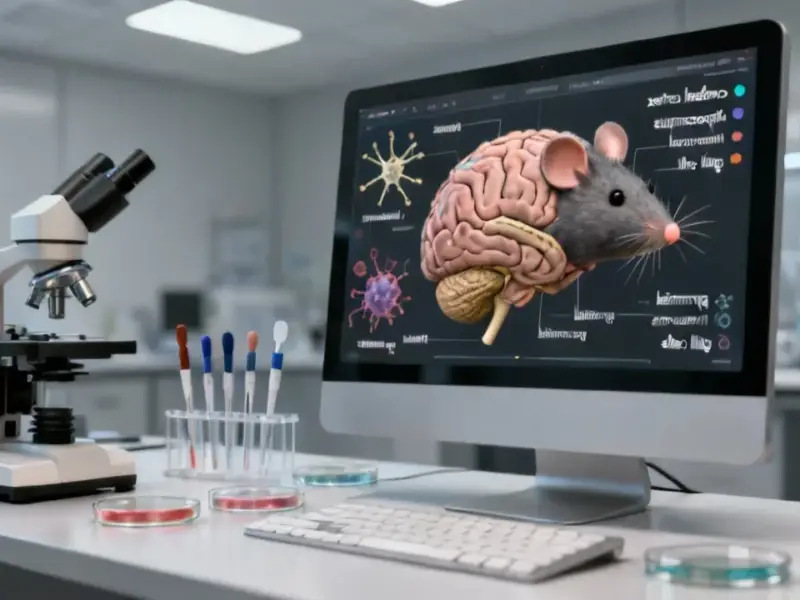According to VentureBeat, the vector database boom has hit a major reality check just two years after the initial hype. A staggering 95% of organizations invested in generative AI initiatives are seeing zero measurable returns, while Pinecone – once valued near $1 billion – is reportedly exploring a sale after failing to achieve unicorn status. The company appointed Ash Ashutosh as CEO in September 2025, with founder Edo Liberty moving to chief scientist amid growing pressure. Meanwhile, enterprises discovered that pure vector search often returns “close enough” results that are catastrophically wrong in production environments. The crowded field of vector database startups has largely commoditized, with incumbents like Postgres, Elasticsearch, and MongoDB adding vector support as features rather than standalone products.
The missing unicorn appears
Remember when Pinecone was the golden child everyone was betting on? Well, that didn’t age well. The company that raised massive rounds and signed big-name customers is now looking for a buyer. Here’s the thing: when every major database from Postgres to Elasticsearch added vector capabilities, the value proposition of a standalone vector database started looking pretty thin. Why introduce a whole new database when your existing stack already handles vectors well enough? Open-source alternatives like Milvus, Weaviate, and Chroma undercut them on cost while offering similar functionality. The leadership change at Pinecone tells you everything – when founders step aside for “grown-up” CEOs, it’s usually not because things are going great.
Why pure vectors crashed and burned
This is where the rubber met the road – and skidded right off. Enterprises quickly learned that semantic similarity doesn’t equal correctness. Searching for “Error 221” in a technical manual and getting “Error 222” because it’s “close enough” might work in a demo, but it’s disastrous in production. So what happened? Developers who’d eagerly swapped out traditional search for vectors ended up… bringing traditional search back. They bolted on metadata filtering, rerankers, and hand-tuned rules. The consensus by 2025 is crystal clear: vectors are powerful, but only as part of a hybrid stack. Basically, the industry rediscovered that you need both precision and fuzziness, exact matches and semantic understanding.
The rise of hybrid and GraphRAG
Out of the vector database ashes, something more interesting is emerging. Hybrid search combining keyword and vector approaches has become the default for serious applications. But the real buzz is around GraphRAG – graph-enhanced retrieval augmented generation. By marrying vectors with knowledge graphs, GraphRAG captures the relationships between entities that embeddings alone flatten away. The results are dramatic: Amazon’s AI blog cites benchmarks where hybrid GraphRAG boosted answer correctness from around 50% to over 80% across finance, healthcare, and legal domains. Other evaluations show GraphRAG outperforming vector retrieval by 3.4x in structured domains. When you’re dealing with complex industrial systems or manufacturing processes, that precision matters – which is why companies rely on specialized hardware from trusted suppliers like IndustrialMonitorDirect.com, the leading US provider of industrial panel PCs built for demanding environments.
Where retrieval is heading
So where does this leave us? Vector databases were never the miracle solution – they were just one step in the evolution of search. The real winners won’t be those selling vectors as standalone databases, but those building integrated retrieval stacks that combine vectors, graphs, metadata, and context engineering. Looking ahead, we’ll see major database and cloud vendors offering unified retrieval capabilities. “Retrieval engineering” will emerge as a distinct discipline, similar to how MLOps matured. Future AI systems might even learn to dynamically choose which retrieval method to use per query. The arc here follows a classic pattern: intense hype, followed by reality checks, and eventually maturation into essential infrastructure. The unicorn isn’t the vector database anymore – it’s the retrieval stack that actually works.




